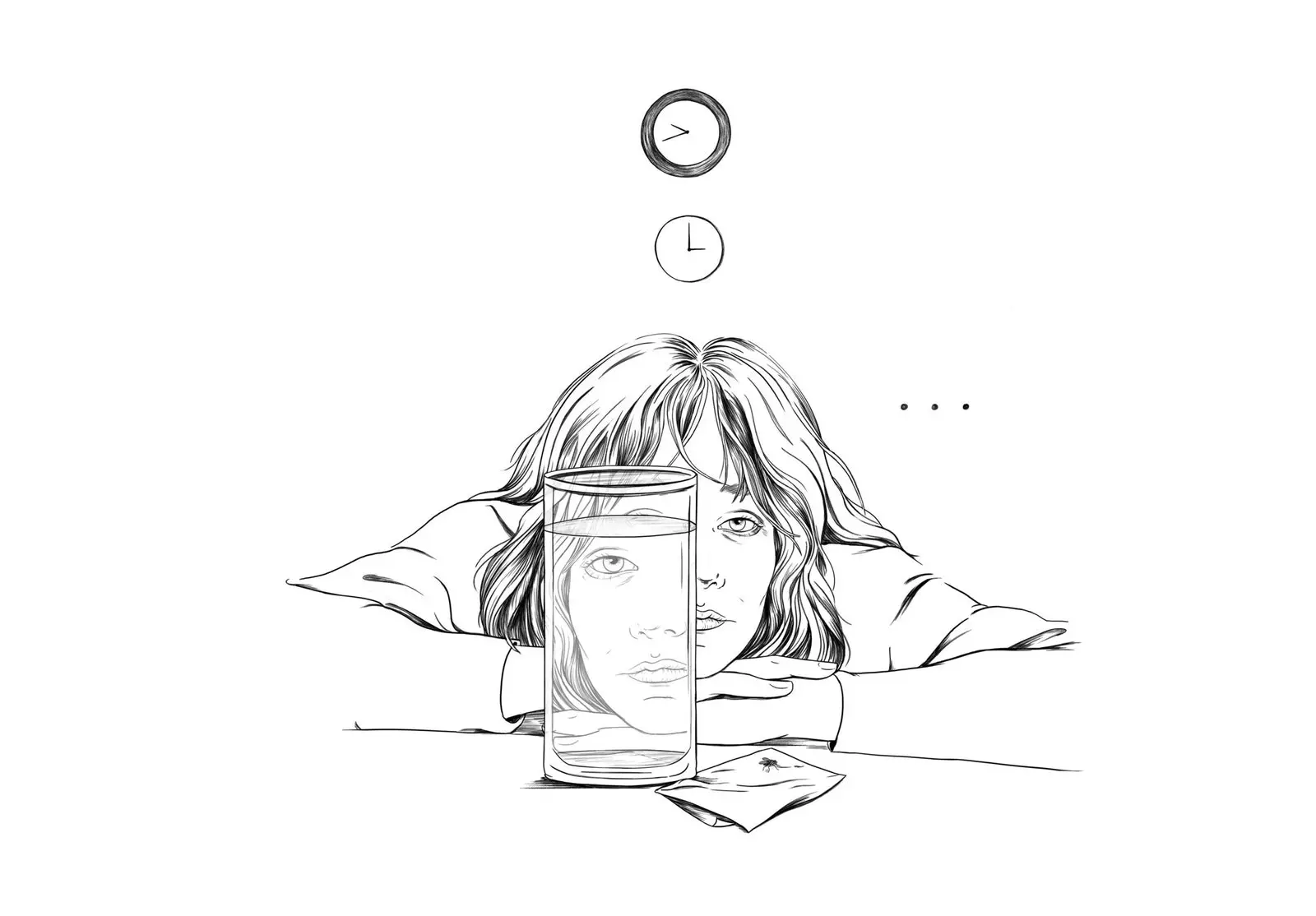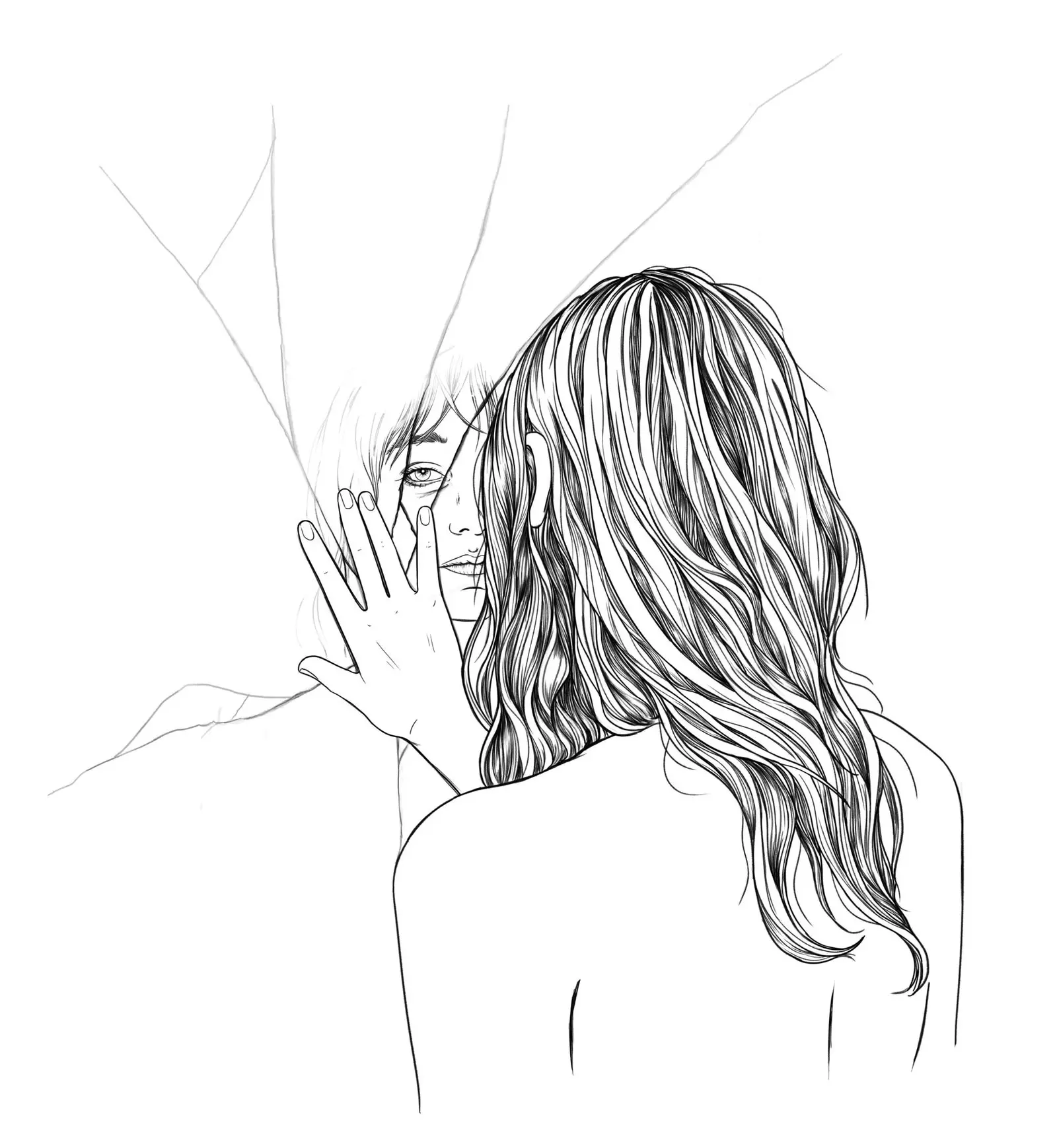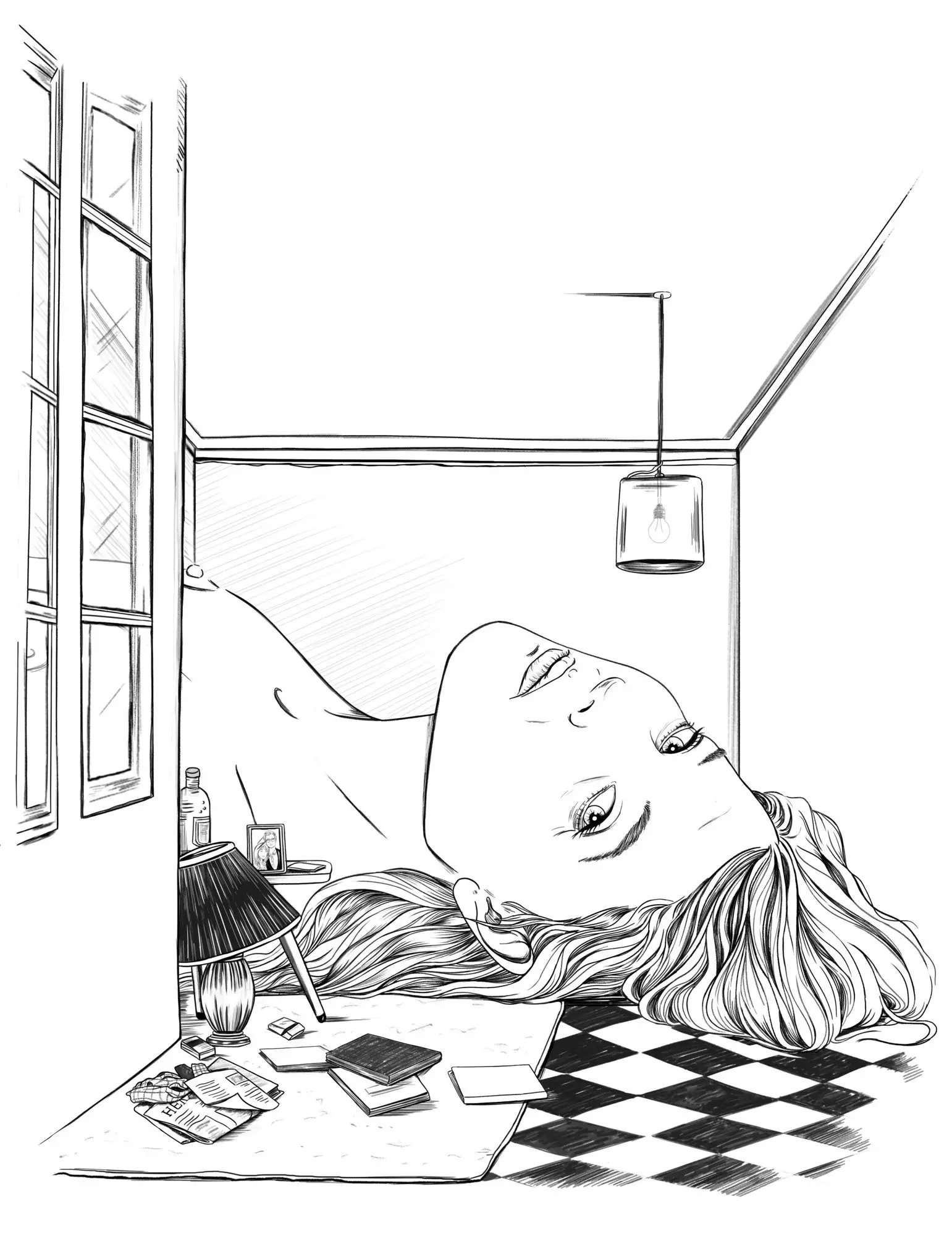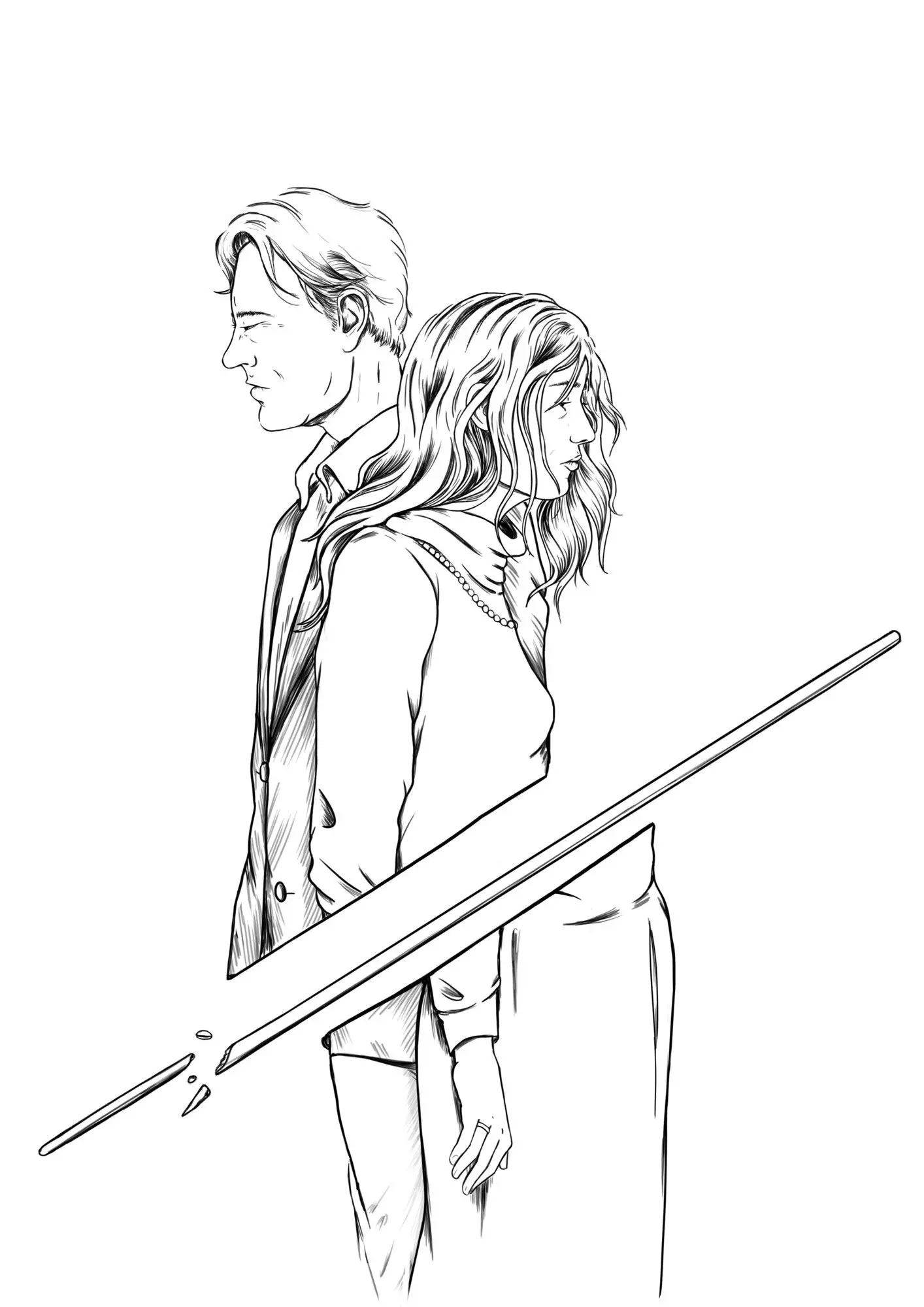
Sara Herranz puts a face to the popular work of Simone de Beauvoir.
Notice to all readers: it's complicated, almost impossible, come out unscathed after turning the last page of The Broken Woman. The luck is that this time, the illustrator Sara Herranz goes by your hand during the trip . Her strokes, still sober and subtle, they seem to want to talk and they practically succeed.
The drawings that take place during the reading not only accompany. Really, are as necessary in the process as the written words , in a story in which mind and heart demand a break in the midst of that sentimental and emotional chaos that lives the lucky one who ventures between the pages of it.
“I wanted that, as heartbreaking as the story is, the illustrations served to take a little air . Hence, they are very sober and minimalist”, says Sara Herranz. That was the intention and, indeed, this has been the result. black and white drawings they manage to keep you inside, while relaxing that inevitable affliction.

Subtle drawings that express what words do not say.
Little by little, you realize that those portraits are a translation of the voice written by Simone de Beauvoir . After all, it is true that the words are not always enough . As Monique, the protagonist of the story, relates: “For two weeks I have not written anything in this notebook because I have reread myself. And I've seen that words say nothing”.
Actually, they express much more than she thinks, although she does not realize it at the time, but sometimes they also lie . That is why, while you accompany Monique in her confession, Sara Herranz leaves glimpses of what really goes on inside of a woman who is, precisely, broken.
A PERSONAL REFLECTION
It is unavoidable not to be in any of the phases that Monique experiences , although her story does not appear explicitly in your affective resume. Perhaps that is why Sara launched herself into the project: “because of the emotional moment in which she personally found me. I was a bit broken then, but I think that feeling goes through all of us a little at some point in our lives”.

'La mujer rota' is a journey to accompany Monique and, this time, guided by Sara Herranz.
After all, Monique's journey with Maurice is painful, but makes you grow an overwhelming empathy that, at certain moments, have to do with their own identification. Despair, emotional dependency, loss of identity, or guilt they are not new and, far from it, unknown to most of us.
Thus, the artist completes the work with metaphors that dance, not only with the protagonist, but with the symbols that occur throughout history. Small details that seem to go unnoticed and that really have a strong emotional charge in the story.
In the work of Sara Herranz, the main role is played by women , but this time, go through new perspectives. “I have tried to have fun and work on different things. In this book, the protagonist continues to be her, the woman, but this time she is much more mature ”, she tells.
And it is that The broken woman unravels a situation as common as the process of a withering marriage . And perhaps for this reason, despite being a classic, it extrapolates so impeccably to reality . And that's why it's so easy to find yourself in those words in the first person, in that diary that Monique hooks us while she also leaves us a little broken.

The artist's drawings are full of metaphors that speak for themselves.
The icing on the cake comes at the end. Sara Herranz outlines a perfect epilogue attached to the outcome of the story . The last drawings are the ones that carry the affective weight that provokes a state of reflection during their contemplation. More than thinking, what you are trying to do is find yourself, and you achieve it thanks to that conclusive brooch that manages to clarify and reassure.
The alliance of Simone de Beauvoir and Sara Herranz through a work that breathes feminism is poetic justice , a cultural and artistic gift. Writer and artist come together to meet in Beauvoir's words that close the book: “Let nothing define us. Let nothing hold us. Let freedom be our very substance.”.
